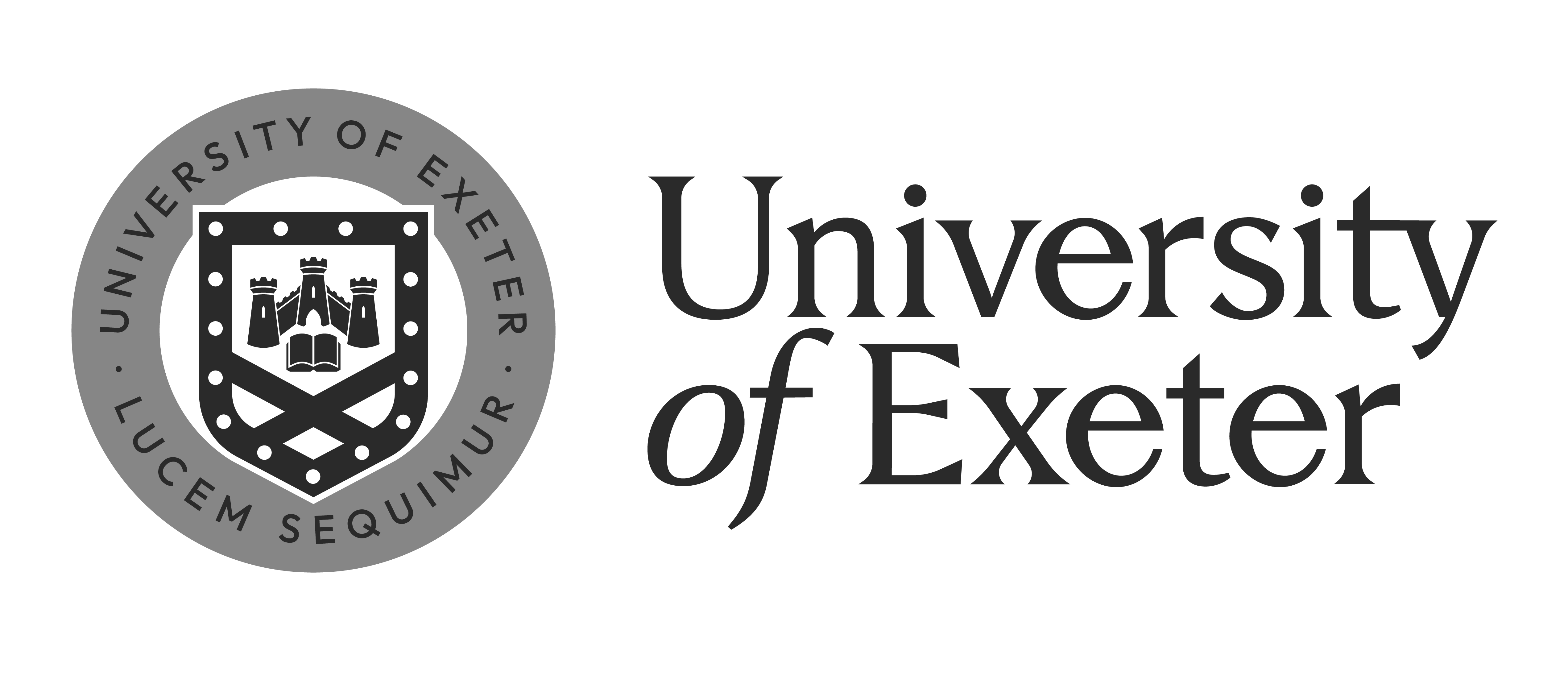F2312 Economics of the Creative Industries
Professors
Schedule
Course description
This course provides a basic introduction to the economics of creative industries, which encompasses key economic elements relevant to the study of cultural economics. The term "creative industries" widely employed by governments and international institutions encompasses various subjects within cultural economics, such as arts and heritage associated with cultural industries. To make the content more accessible, examples from the cultural sector are utilized whenever technical concepts are discussed. The course covers the following main topics:
1. Introduction to cultural economics and a brief introduction to the economic theories used in cultural economics
2. Economic organization of the creative industries and production, costs and supply of cultural goods
3. Consumption of cultural goods and services and welfare economics and public finance
4. Economics of the performing arts, economics of cultural heritage, and economic evaluation of cultural policy
5. Economics of artists’ labor markets: theories and empirical research, and economics of copyright
Teaching methods
The course will be held with lectures and with the aid of multimedia materials. In addition, there will be three or four debates set along with the topics learned. Students will be divided into three groups (by lottery), one supporting a resolution (affirmative team), one opposing the resolution (opposing team), and those who are judging the quality of the evidence and arguments and the performance in the debate. Reading materials will be assigned before each of the debates. The winning team of each debate will earn bonus score. Two written reports will be assigned. One will be assigned during the course work, and one will be assigned at the end of the course work.
Evaluation methods
- Written midterm and final reports (individual work): 60%
- Debates (group work): 30%
- Active class participation: 10%
Learning outcomes
Students should have a basic grasp of the economics of the creative industries after finishing this course. Students are also expected to identify issues in the current creative economy. It is intended that through discussing these issues, students would be able to suggest answers to some of these issues in their future learning and working environments.
Syllabus
Week 1: Orientation Week
Week 2: General issues in cultural economics I
- Brief introductions to the economic theories used in cultural economics
- Economic profile of the cultural sector
Week 3: General issues in cultural economics II
- Markets for cultural goods and services
- Economic organization of the creative industries
Week 4: General issues in cultural economics III
- Production, costs and supply of cultural goods
- Consumption of cultural goods and services
Week 5: The ‘traditional’ economics of the arts and heritage I
- Economics of the performing arts
- Economics of cultural heritage
Week 6: The ‘traditional’ economics of the arts and heritage II
- Economic evaluation of cultural policy
Week 7: Artists’ labour markets and copyright I
- Theories
Week 8: Midterm break
Week 9: Artists’ labour markets and copyright II
- Empirical research
Week 10: Artists’ labour markets and copyright III
- Economics of copyrights
Week 11: The creative industries I
- Economics of creative industries
Week 12: The creative industries II
- Economics of the music industries
Week 13: The creative industries III
- Economics of the film industry
Week 14: The creative industries IV
- Economics of festivals, creative cities, and cultural tourism
Week 15: Exam Week - Final Reports and Course Wrap-up
Bibliography
Towse, R. (2010). A Textbook of Cultural Economics. Cambridge: Cambridge University Press. doi:10.1017/CBO9780511992131
THROSBY, C. D.; GINSBURGH, Victor (ed.). Handbook of the Economics of Art and Culture. Elsevier, 2014.
Potts, J., & Cunningham, S. (2008). Four models of the creative industries. International journal of cultural policy, 14(3), 233-247.
Potts, J., Cunningham, S., Hartley, J., & Ormerod, P. (2008). Social network markets: a new definition of the creative industries. Journal of cultural economics, 32(3), 167-185.
Last updated: July 18, 2023


















